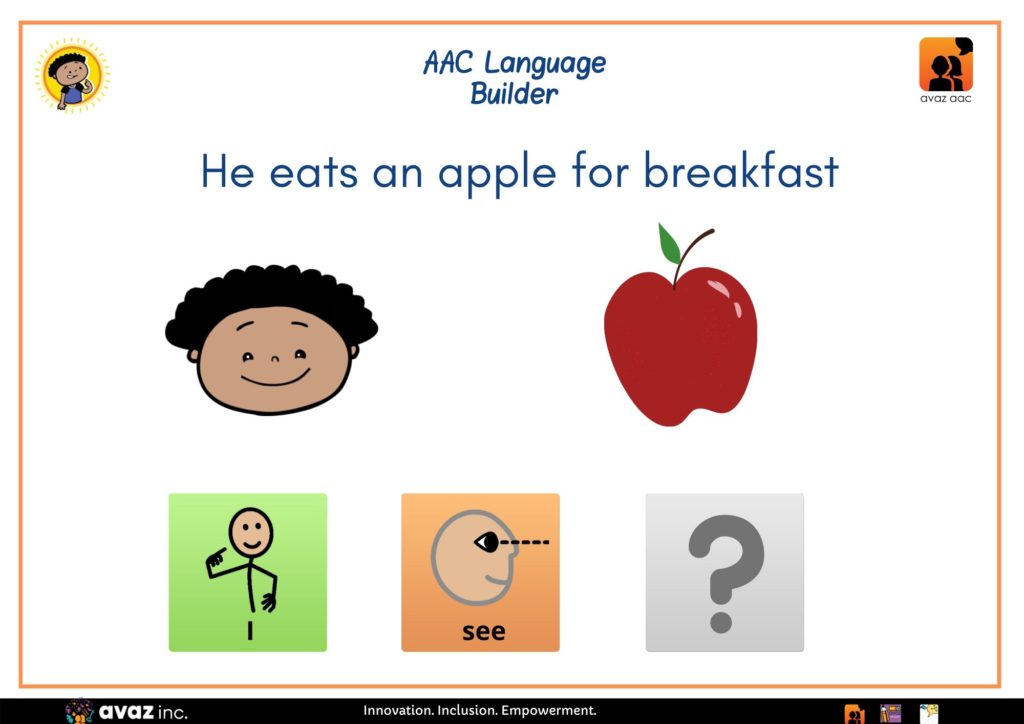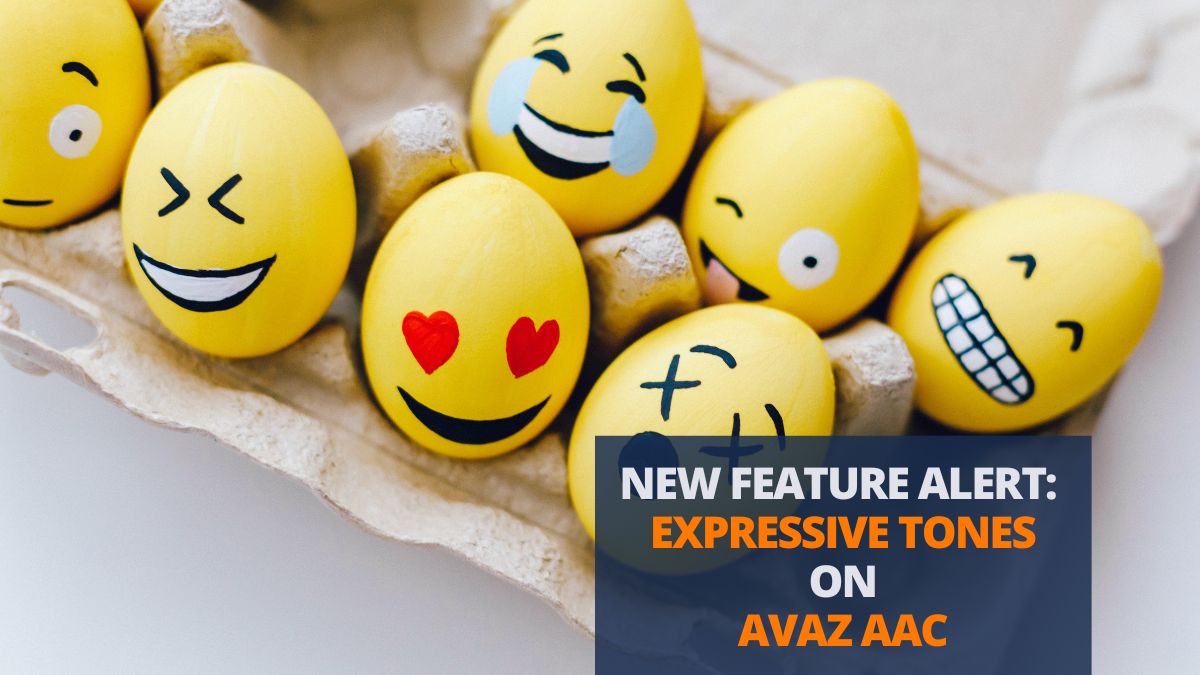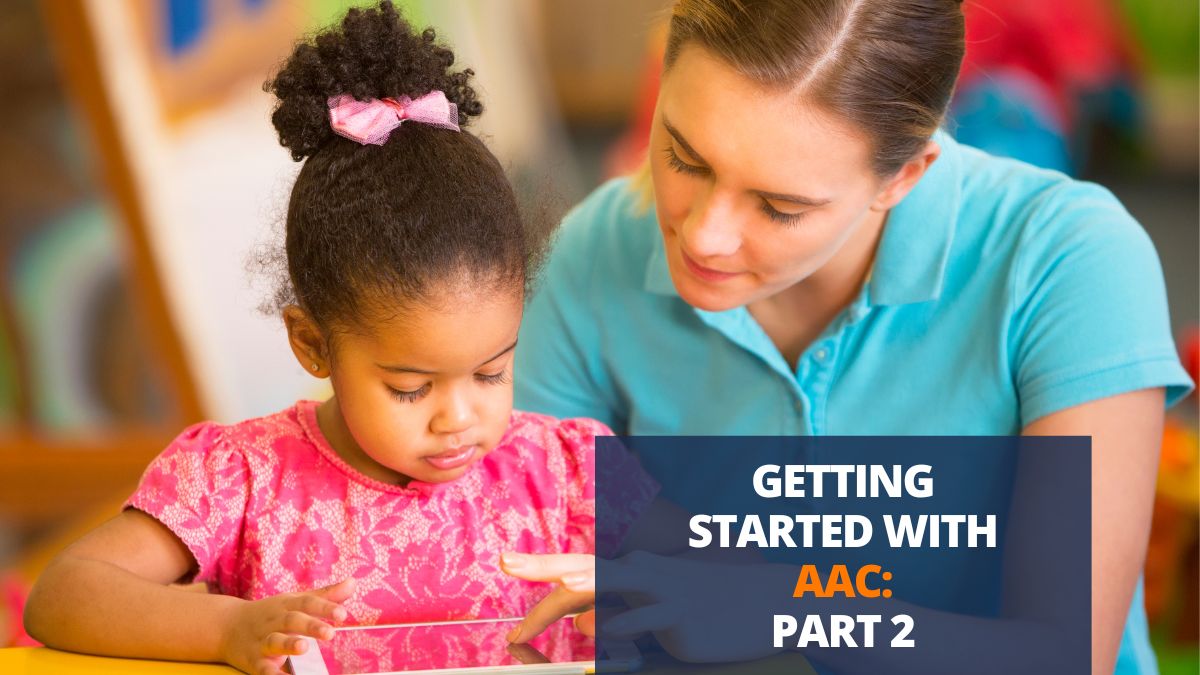There are several reasons we communicate. Sometimes, we communicate just to get the attention of a loved one while other times we have profound things to say or a strong point to make. Communication, therefore, is the bedrock of human relationships and social interactions. In addition to fostering bonds, it also allows us to stand up for ourselves, stand for things we believe in, and thus is an important tool for self-advocacy. So, we must ensure that AAC users acquire the necessary language and communication skills for the entire range of communicative purposes/ functions.
List of communicative functions
From expressing our feelings to giving or getting information, communication serves several purposes in our daily lives. Language instruction for AAC users must focus on expanding their communicative functions so that their expression is not limited. When some communicators do not know the appropriate means to communicate, they may resort to challenging behaviours to convey their emotions, needs, and wants. The key is to give them relevant vocabulary in their AAC systems and create consistent communication opportunities for the various communicative functions.
Here are some of the purposes of communication.
- Requesting
- Greeting
- Refusing/Rejecting
- Commenting
- Protesting
- Asking Questions
- Sharing Information
Let’s see how we can support a communicator with these communicative functions:
Refusing/Rejecting
Since children with complex communication needs may be vulnerable, it’s important to ensure that they are raised with an awareness of their likes and dislikes. It’s also equally important to teach them the power of words and how they can use it to implement their right to refuse and reject.
Strategies:
- Identify activities or moments that the communicator is not excited about. This might involve a bit of guesswork. If you notice any challenging behaviours, try and see the antecedent which might give you a clue.
- Try to engage the kid in the activity and model ‘No’ or ‘don’t like’ on the communicator’s AAC system. For example, if the child seems to be not too interested in reading, model ‘I don’t want it’ . Say, “Oh, you’re saying you don’t want it. OK” and close the book.
- Make sure you are able to acknowledge their refusal while modelling the vocabulary. In case you are unable to accommodate their requests, try and negotiate as much as possible so that they feel heard.
- When they pick an item they like, help them see how they rejected others to choose their favourite item.
“Oh.. you want cookies? You don’t want cake”
Vocabulary:
stop, don’t, no, not, now, later, go, break
Commenting
This can be a complex communicative function to teach for emergent communicators. But commenting is a great skill to acquire because it helps communicators initiate and engage in meaningful conversations.
Strategies:
1.Model commenting by making a lot of comments during shared reading or watching TV together.
“This is very funny”
“The girl’s hat looks cool”
2. Give visual prompts such as commenting cards and sentence strips
3. Ask wh questions using visual prompts. Remember that verbal prompts may be useful but difficult to fade.
“What do you see”
“Where is the hare?”
4.Use playtime and sensory toys to make tons of comments. Give them the slime, the play doh, and scarf and encourage them to tell you how the item feels.
Model the vocabulary on their AAC system consistently and prompt until they can utter it independently.
Vocabulary:
see, feel, taste, along with descriptive words
Download the free Avaz Language Builder Resource to encourage commenting by clicking the image below:
Learn more about communicative purposes/ functions such as greetings and questions here.




